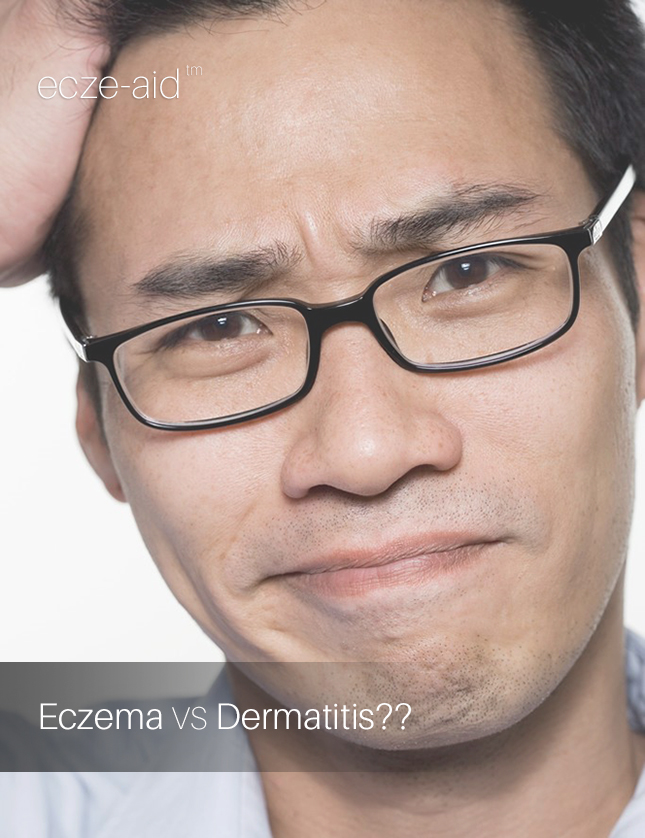To set the record straight, both “Eczema” and “Dermatitis” are generic terms to describe a variety of “skin inflammation” and are often used interchangeably – but just as there are different forms of acne, there are also different types of eczema/dermatitis with different causes and different symptoms.
Why is it crucial to distinguish the type of eczema you suffer from?
Knowing the type of eczema that you are experiencing is crucial to help you determine the treatment plan, and usually, it’s not an easy task.
Here’s a quick glance at 9 most common types of eczema:
- Atopic Dermatitis [AD]: It is the most common type of eczema which is also hereditary. AD can start as early as one’s infancy age and sometimes may continue in one’s adolescence and adulthood. It is characterized by rashes which usually appear on the cheeks, neck, elbow and knee creases, and ankles.
- Irritant Dermatitis: If your eczema condition is triggered by exposure to certain substance, for instance, your skin comes into contact with chemicals of some cleaning detergents, then, most likely you are suffering from Irritant Dermatitis.
- Allergic Contact Dermatitis: Over time, due to frequent contact with the same substance, your body’s immune recognition system becomes activated when it encounters the next similar type of exposure and produces dermatitis, for instance, poison ivy allergy is a common example.
- Stasis Dermatitis: People with poor blood circulation issues in the veins [usually, swollen lower legs are signs of such condition] tend to be prone to contract stasis dermatitis. People with stasis dermatitis usually have very sensitive skin where an injury or aggravation of the area can lead to an infection or open sores.
- Dyshidrotic Eczema: This is a common but poorly understood health condition which classically affects the hands and occasionally the feet by producing an itchy rash composed of tiny blisters [vesicles] on the sides of the fingers or toes and palms or soles.
- Lichen Simplex Chronicus: Also known as Neurodermatitis, a chronic skin itching or scaling condition [thickened plaques of skin] which can occur in any part of the body, but most likely on the arms, shoulders, elbows, legs, ankles, wrists, hands, back of the neck or scalp.
- Nummular Eczema: This is a nonspecific term for coin-shaped plaques of scaling skin most often on the lower legs of older individuals.
- Xerotic Eczema [Eczema Craquelé]: People with this type of eczema will have very dry skin, to the extent that the affected skin will crack and ooze, if the skin dryness becomes too extreme.
- Seborrheic Dermatitis: Generally, rashes tend to appear on the scalp, face and ears, and sometimes, some adults may have rashes in the mid-chest areas. It is also known as cradle cap as normally the scaly patches will appear on a baby’s scalp. It can cause thick crusting and white or yellow scales.
Eczema-Look-Alike Skin Disorders
There are some skin disorders that have similar symptoms like eczema, but actually are not eczema.
Scabies: It’s caused by an infestation by the human itch mite and may produce a rash very similar to other forms of eczema.
Fungal infections: Fungal infections occur when an invading fungus takes over a certain area of the body and is too overwhelming for one’s immune system to deal with it. It can have a pattern identical to many forms of eczema. However, fungus can be seen with a scraping under the microscope.

